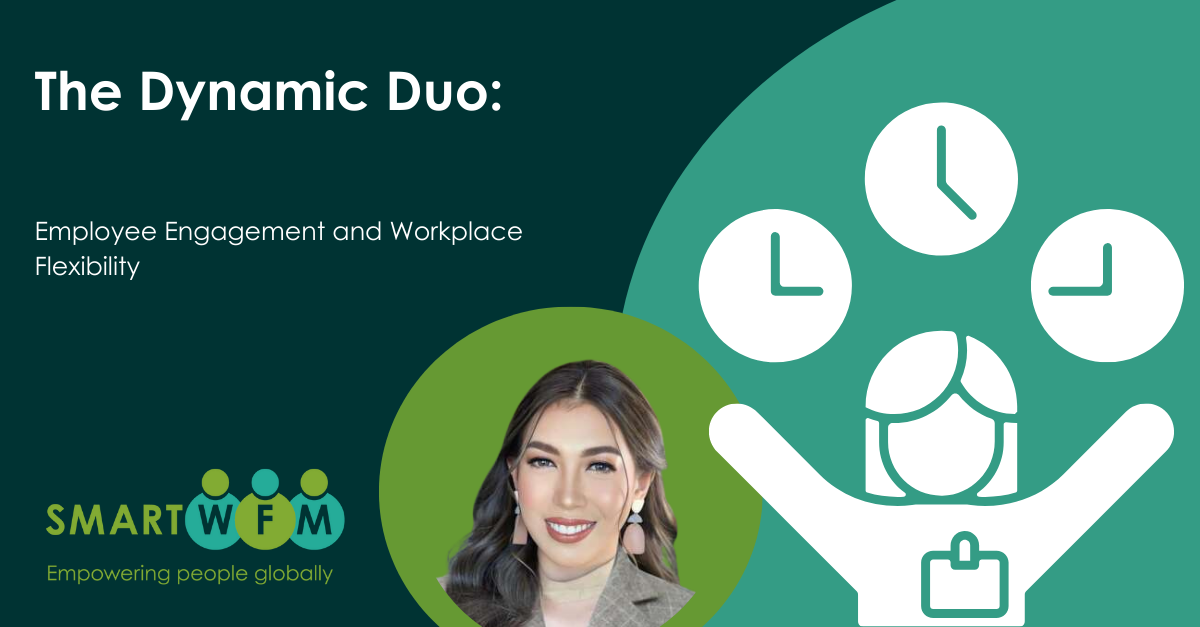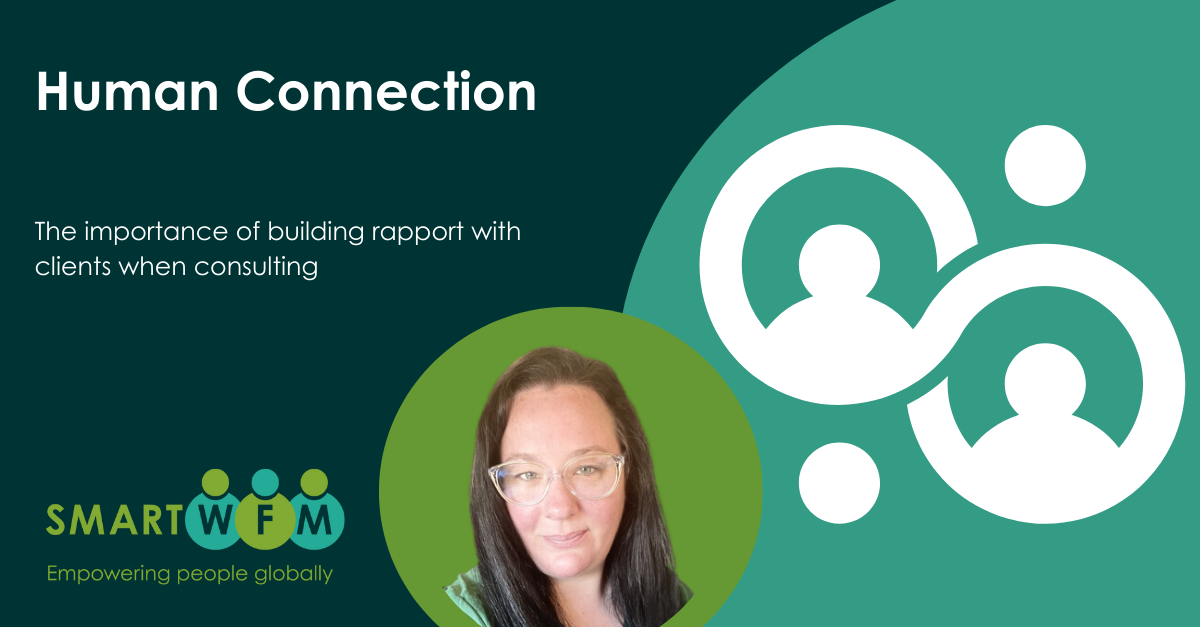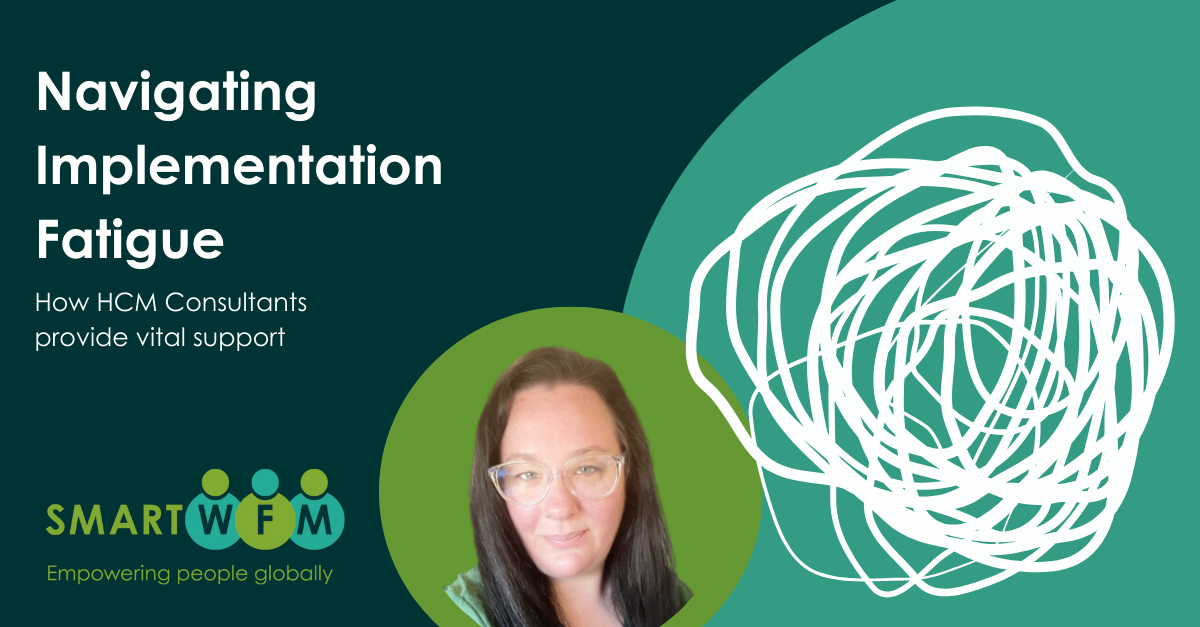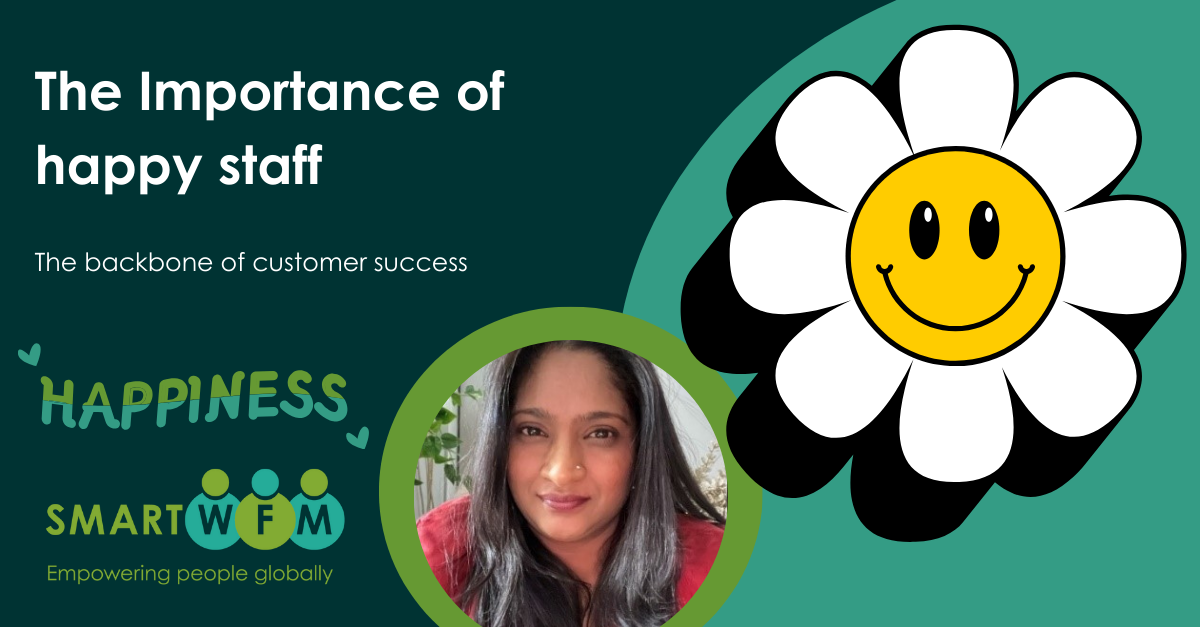Human Connection: The importance of building rapport
In the dynamic world of Human Capital Management (HCM), the significance of cultivating strong rapport with clients cannot be overstated. As an HCM...

Reflecting on my journey through diverse corporate environments, it's evident to me that organizational prosperity hinges on the active involvement of employees alongside a workplace structure that fosters adaptability.
Employee engagement is more than just a buzzword; it's the emotional commitment employees have to their organization's goals and values. Engaged employees are not merely satisfied with their jobs; they are deeply invested in their work, motivated to contribute their best efforts, and aligned with the company's mission. They are the driving force behind innovation, productivity, and overall company growth.
On the other hand, workplace flexibility refers to the ability for employees to have control over when, where, and how they work. This could include options such as remote work, flexible hours, compressed workweeks, and job sharing. Offering flexibility acknowledges that employees have diverse needs and responsibilities outside of work, and it empowers them to balance their professional and personal lives more effectively.
The synergy between employee engagement and workplace flexibility is undeniable. When employees feel valued and empowered, they are more likely to be engaged in their roles. Providing flexibility demonstrates trust and respect for employees, fostering a positive work culture built on mutual understanding and support.
One way in which these concepts intersect is through increased autonomy. By granting employees the freedom to manage their schedules and work environments, organizations empower them to take ownership of their tasks and projects. This sense of autonomy cultivates a culture of accountability and independence, leading to higher levels of engagement and performance.
Moreover, workplace flexibility enhances employee satisfaction and well-being, leading to higher levels of engagement and retention. Employees who have the flexibility to accommodate their personal commitments experience reduced stress and burnout, allowing them to bring their best selves to work consistently.
In a nutshell, employee engagement and workplace flexibility are not just desirable perks; they are essential ingredients for fostering a dynamic and resilient workforce. And here at Smart WFM, we've learned that fostering a vibrant workplace isn't rocket science – it's about connecting with our team and giving them the freedom they need. The payoff? Unmatched enthusiasm, flexibility, and results that speak for themselves.
Blog written by Gee Cose: Project Manager

In the dynamic world of Human Capital Management (HCM), the significance of cultivating strong rapport with clients cannot be overstated. As an HCM...

In the realm of Human Capital Management (HCM), the implementation of new systems, processes, or strategies can often be met with enthusiasm followed...

In the bustling world of modern business, success often seems to hinge on the latest technological advancements, cutting-edge strategies, and...